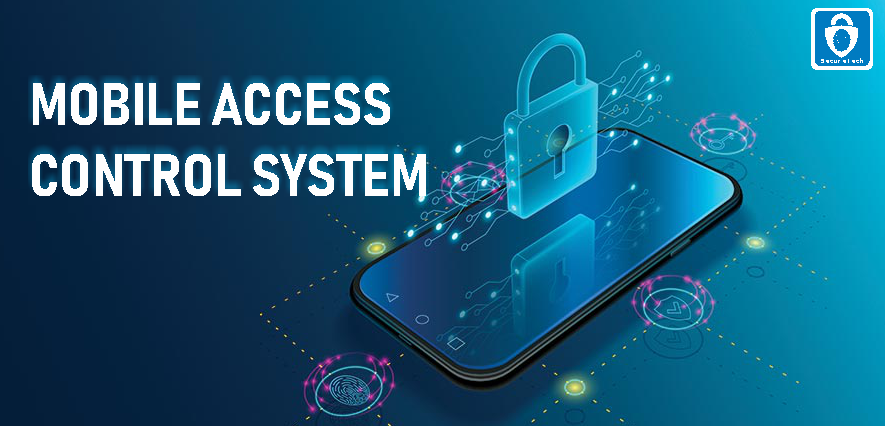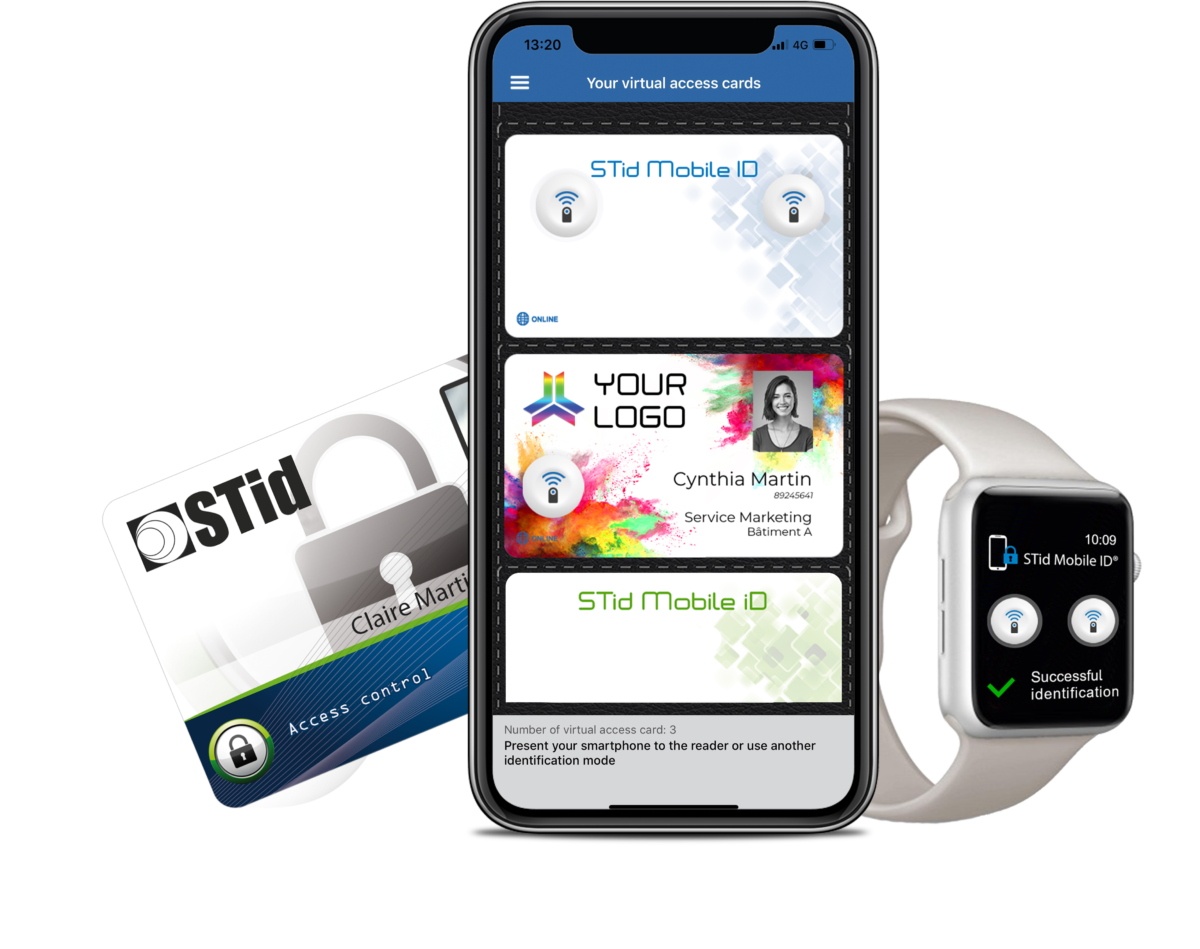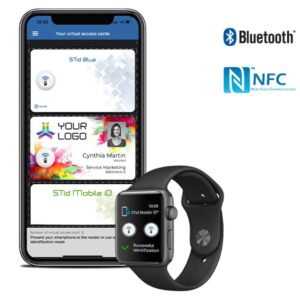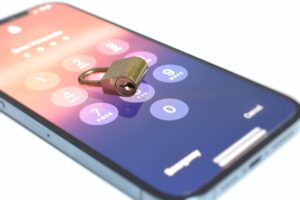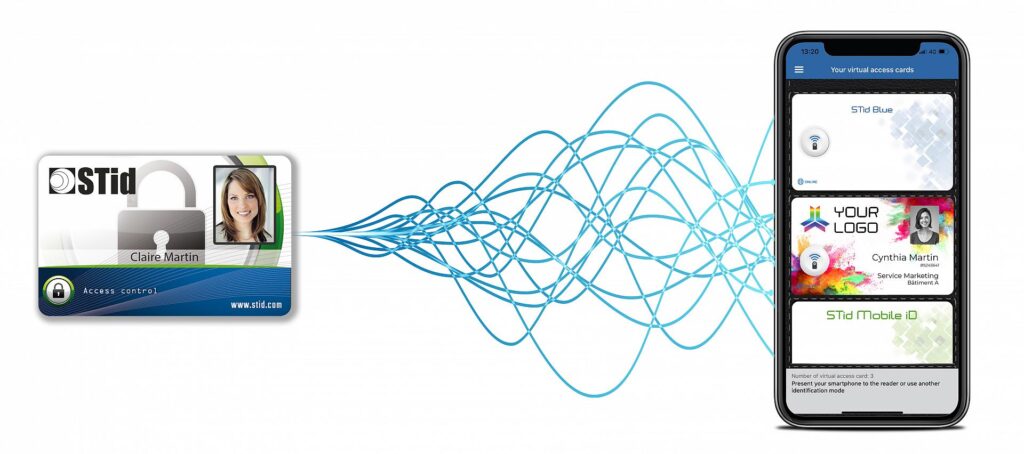Sydney and Melbourne are two of Australia’s largest and most vibrant cities. They are known for their bustling business centers, world-renowned landmarks, and rich cultural heritage. However, like many metropolitan areas, they also face challenges related to security, particularly when it comes to access control.
Fortunately, advances in technology have enabled businesses and organizations in Sydney and Melbourne to improve their access management systems using mobile-enabled security solutions. With BLE access control, secure Bluetooth technology, and wireless locks, mobile access control systems are becoming more prevalent in both cities, offering enhanced security solutions for smart building access control and mobile security management.

What is Mobile Access Control Technology?
Mobile access control technology refers to the use of mobile-enabled devices to manage and control access to physical spaces. This includes secure Bluetooth technology and wireless locks, which allow for seamless and secure access control using mobile devices such as smartphones and tablets.
Mobile access management systems can be used in a variety of settings, including commercial buildings, schools and universities, healthcare facilities, and government buildings. By replacing traditional access control methods, such as key cards and PINs, with mobile-enabled security solutions, businesses and organizations can enhance security and improve the overall access management experience.

BLE Access Control and Bluetooth Smart Locks
BLE (Bluetooth Low Energy) access control and Bluetooth smart locks are two technologies that are transforming the access control landscape in Sydney and Melbourne. BLE access control allows for secure communication between mobile devices and access control systems, while Bluetooth smart locks provide a seamless and convenient way to lock and unlock doors using mobile devices.
One of the benefits of BLE access control is that it uses less power than traditional Bluetooth, making it ideal for mobile devices. Additionally, it offers improved security features, such as AES encryption, which helps to prevent unauthorized access to physical spaces.
Bluetooth smart locks are also becoming increasingly popular in Sydney and Melbourne. They allow for keyless entry using mobile devices and offer a range of features, including remote locking and unlocking, activity monitoring, and real-time notifications.
Wireless Access Control Solutions
Wireless access control solutions are another area of mobile-enabled security that is transforming access management in Sydney and Melbourne. These solutions enable the use of wireless locks and other devices to control access to physical spaces, providing a convenient and secure way to manage access.
Wireless access control solutions can be used in a variety of settings, from small offices to large commercial buildings. They offer a range of features, such as remote access management, real-time activity tracking, and easy integration with other security systems.

Benefits of Mobile Access Control Systems
Mobile access control systems offer a number of benefits for businesses and organizations in Sydney and Melbourne. These include:
Enhanced security: Mobile-enabled security solutions offer improved security features, such as AES encryption and real-time notifications, which help to prevent unauthorized access to physical spaces.
Convenience: Mobile access control systems offer a more convenient way to manage access, eliminating the need for key cards and PINs.
Flexibility: Mobile access control systems can be used in a variety of settings, from small offices to large commercial buildings.
Cost savings: Mobile access control systems can be more cost-effective than traditional access control methods, such as key cards and PINs.
Improved user experience

Mobile Access Management and Secure Mobile Credentials
Mobile access management and secure mobile credentials are also important components of mobile-enabled security solutions in Sydney and Melbourne. Mobile access management allows for the remote management of access control systems using mobile devices, while secure mobile credentials provide a secure way to authenticate users and grant access.
Mobile access management offers a range of features, including remote access management, real-time activity tracking, and the ability to create and manage access credentials. This allows businesses and organizations to have greater control over their access management systems, improving security and enhancing the overall user experience.
Secure mobile credentials provide a secure way to authenticate users and grant access. They can be used to replace traditional access control methods, such as key cards and PINs, and offer improved secu
Mobile Access Control Management and Mobile Security Solutions
Mobile access control management and mobile security solutions are two areas that are experiencing significant growth in Sydney and Melbourne. Mobile access control management allows for the remote management of access control systems using mobile devices, while mobile security solutions offer a range of features to enhance the overall security of physical spaces.
Mobile access control management offers a range of benefits, including remote access management, real-time activity tracking, and easy integration with other security systems. This allows businesses and organizations to have greater control over their access management systems, improving security and enhancing the overall user experience.
Mobile security solutions offer a range of features to enhance the overall security of physical spaces, including video surveillance, motion detection, and real-time alerts. These solutions can be used in a variety of settings, from small offices to large commercial buildings, and offer improved security features to help prevent unauthorized access and protect physical assets.

Smart Building Access Control and Mobile Security Management
Smart building access control and mobile security management are two areas that are transforming access management in Sydney and Melbourne. Smart building access control uses mobile-enabled security solutions, such as BLE access control and Bluetooth smart locks, to enhance the overall access management experience.
Mobile security management allows for the remote management of security systems using mobile devices, providing a convenient and secure way to manage security. This includes features such as remote access management, real-time activity tracking, and easy integration with other security systems.
Conclusion
Mobile-enabled security solutions, such as BLE access control and Bluetooth smart locks, are transforming access management in Sydney and Melbourne. They offer enhanced security features, improved convenience, and cost savings, making them an attractive option for businesses and organizations in a variety of settings. Additionally, mobile access control management and mobile security solutions provide a more comprehensive approach to access and security management. By embracing these technologies, businesses and organizations in Sydney and Melbourne can improve their access management systems and enhance the overall security of physical spaces.
FAQs
BLE access control is a technology that allows for secure communication between mobile devices and access control systems. It uses less power than traditional Bluetooth and offers improved security features, such as AES encryption, to prevent unauthorized access to physical spaces.
Bluetooth smart locks provide a convenient and secure way to lock and unlock doors using mobile devices. They offer a range of features, including remote locking and unlocking, activity monitoring, and real-time notifications.
What are mobile-enabled security solutions?

